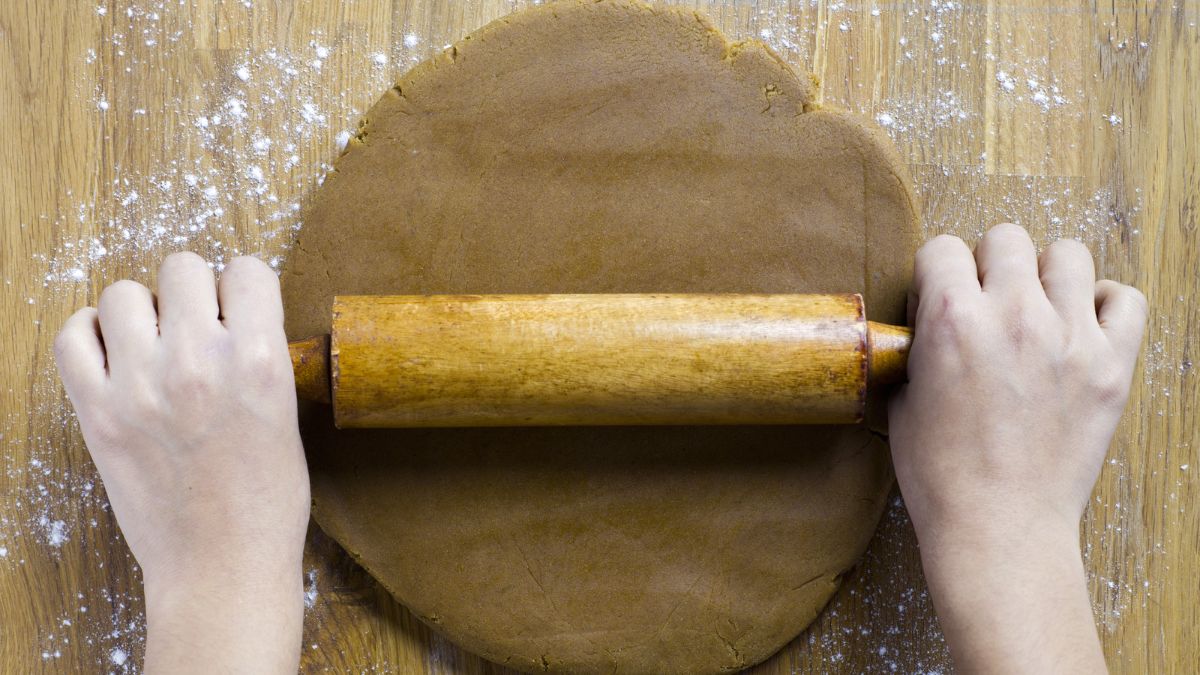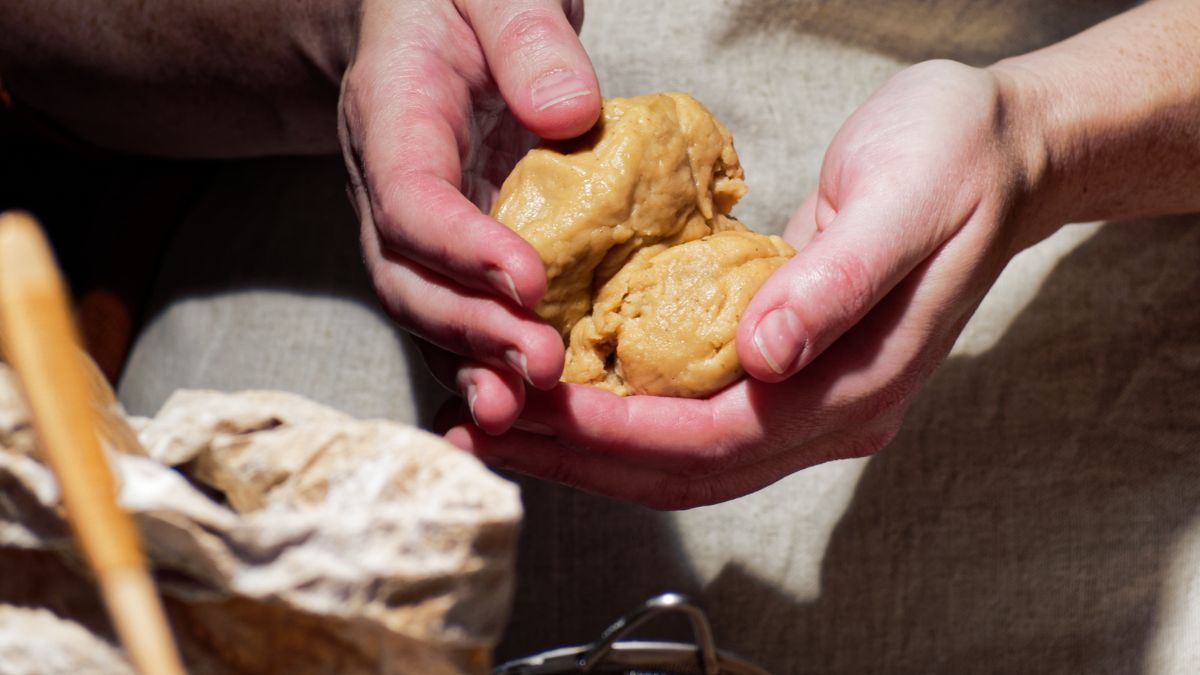How to Soften Gingerbread Dough? [Important Tips]

Gingerbread cookies are all-time favorite Christmas sweets, not only because of their taste. These yummy treats can lift your holiday spirit and bring back some of the sweetest childhood memories. They are pretty easy to bake, but a hard dough can slow down the entire preparation process. So, how to soften gingerbread dough?
To soften gingerbread dough, you can microwave it or leave it at room temperature for a while. This is because most types of dough harden after sitting in the fridge for too long.
During preparation, the dough can also become too dense or crumbly. That happens if you leave out the leavening agent or add too much flour. Over the years, I have tested various gingerbread preparation techniques, and here is what I’ve learned.
What to Do If Your Gingerbread Dough Is Hard?
If your dough is hard, your first instinct might be to use water to soften it. Though it can work in some cases, water is not one of the ingredients for basic gingerbread dough, so I advise avoiding it. However, there are several other things you can do in this situation.
Microwave the Dough
In case you notice your gingerbread dough is too hard after refrigeration, a quick remedy is to microwave it. All you need is a plate or pan that is microwave safe.
I recommend using metal pans over a glass or ceramic ones because they are better heat conductors. That way, you can be sure the dough will soften evenly.
Once you place your dough on the pan, microwave it on high for 30 seconds. If it is still hard, let it sit for a couple of minutes, then microwave it for another 10 seconds. After that, your gingerbread dough will be ready for rolling out and cutting.
This way to soften gingerbread dough is efficient, yet the timing here is of utmost importance. A few seconds more in a microwave, and your dough could either melt.
Roll Out the Dough
Rolling out the dough 5 or 10 minutes after you take it out of the refrigerator is a safe way to soften it if you wish to avoid potential melting.
Sprinkle some flour on your kitchen counter or table, place the dough and start pressing a rolling pin against it. If you don’t want to mess up your kitchen with flour, you can also put the dough on a sheet of plastic wrap. Spreading it with a heavy rolling pin will help it get warm (and soft) faster.

Knead Out the Dough
Instead of spreading the dough with a rolling pin, you can also try to knead it out. This will require a bit of strength, but the dough should get warm quickly, and the result will be impeccably soft.
Leave the Dough Sitting at Room Temperature
Leaving gingerbread dough at room temperature for at least 30 minutes should make it soft. If it is hard after that, wait for another 30 minutes. However, be careful not to leave the dough like that for too long because it might melt.
Make Sure You Add All the Necessary Ingredients
While preparing the dough, you might notice it is becoming too dense. This usually happens when you forget to add baking soda, dry yeast, or whipped eggs, commonly known as leavening agents. The dough cannot rise without these ingredients, making it harder to handle later after refrigeration.
So, before you take the dough out of the mixing bowl, check if anything is missing from your recipe. Even though it rarely happens to most of us, leaving out key ingredients can make or break your cookies.
Cut It Into Smaller Sections
If your dough is hard after refrigeration, cutting it into smaller sections may also do the trick. Take a long butcher knife and push the blade slowly inside the dough until you cut it in half. Repeat the process once again and leave it sitting until it is ready for the next phase.

What Is Gingerbread Cookie Dough Supposed to Look Like?
Gingerbread cookie dough should be sticky and semi-soft before refrigeration. It may seem chunky at first glance, but it should be a bit mushy when you touch it. When you get the dough out of the fridge, it is supposed to be firm and easy to roll out and cut.
Why Is Your Gingerbread Dough Hard After Refrigeration?
It is expected for gingerbread dough to get slightly harder after refrigeration. While in the fridge, the fat in the dough will solidify. That is important because it will make it easier to work with and help your cookies keep their shapes while baking.
You should leave the dough in the fridge for about an hour before baking. If you added more butter to the mixture than you should have, you could let it sit longer.
However, leaving the dough in a fridge for too long will make it harder and drier than it should be.
What Happens If You Add Milk to the Gingerbread Dough?
In most of the traditional gingerbread recipes, milk is usually left out. So, adding it to your gingerbread dough can either help it come together better or turn it into a messy gue. It all depends on how much you add.
For instance, if you follow the traditional recipe, a cup of milk will make the dough runny, and you will have to add more flour to keep it all together. This will also make cookies harder to bake, and the taste will be far from what you expected.
Yet one or two tablespoons of milk in a dry and crumbly dough will fix it. After that, it should stay in the fridge for about 3 hours.
This will enhance the flavor and improve the cookies’ texture, making them crumbly on the outer corners and chewy inside. And, with some creative frosting, your gingerbread cookies will turn out to be a true masterpiece.
